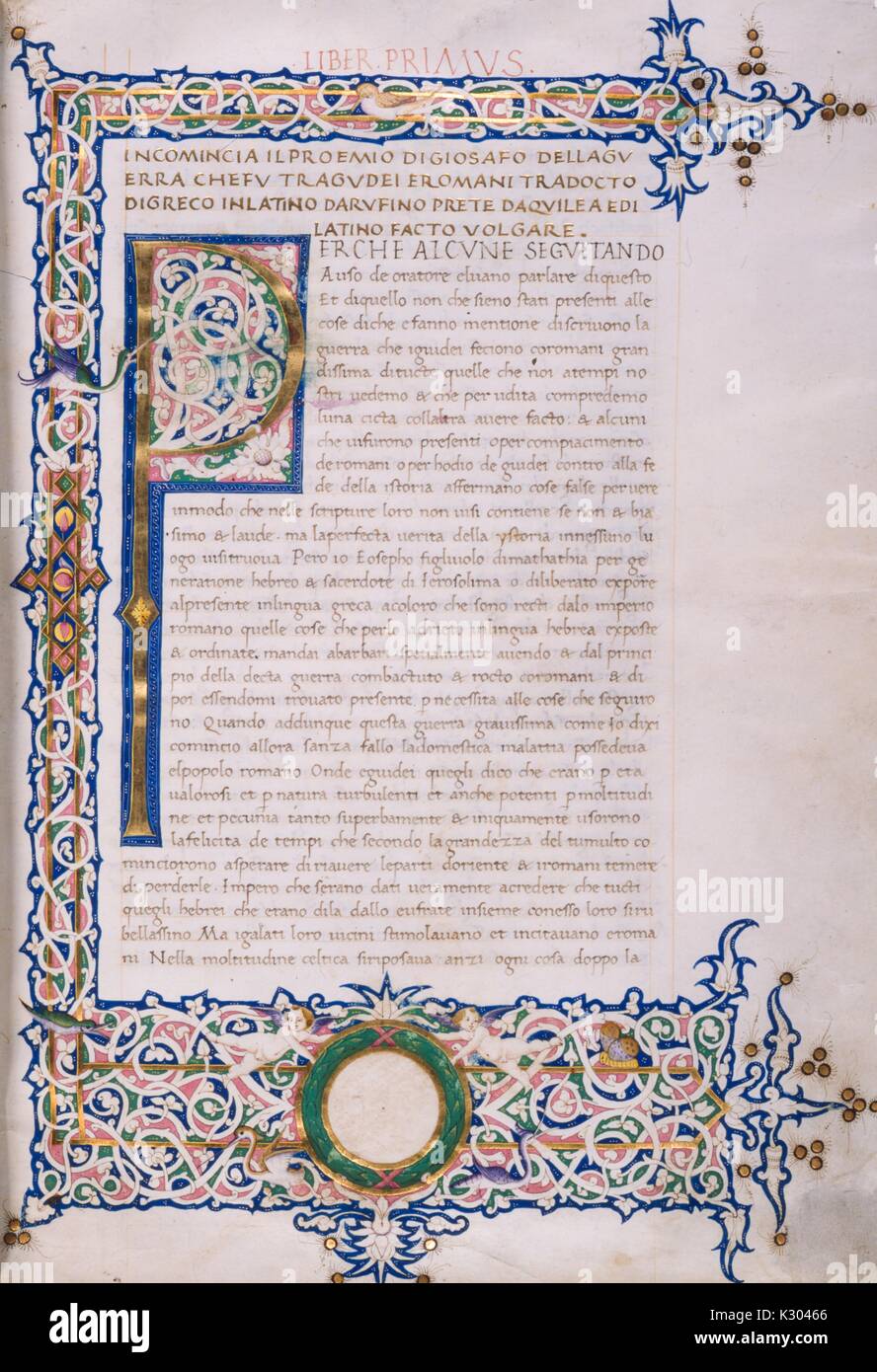

Gall Gospel Book belongs to the late 8th century and the Book of Armagh (dated to 807–809) to the early 9th century. From the early 8th century come the Durham Gospels, the Echternach Gospels, the Lindisfarne Gospels (see illustration at right), and the Lichfield Gospels. Columba, the Ambrosiana Orosius, fragmentary Gospel in the Durham Dean and Chapter Library (all from the early 7th century), and the Book of Durrow (from the second half of the 7th century).

These manuscripts include the Cathach of St. The Book of Kells is one of the finest and most famous, and also one of the latest, of a group of manuscripts in what is known as the Insular style, produced from the late 6th through the early 9th centuries in monasteries in Ireland, Scotland and England and in continental monasteries with Hiberno-Scottish or Anglo-Saxon foundations. Compare this page with the corresponding page from the Book of Kells (see here), especially the form of the Lib monogram. History Origin The Book of Kells, (folio 292r), circa 800, showing the lavishly decorated text that opens the Gospel of John Folio 27r from the Lindisfarne Gospels contains the incipit Liber generationis of the Gospel of Matthew.

A digitised version of the entire manuscript may also be seen online. The manuscript is on display to visitors in Trinity College Library, Dublin and shows two pages at any one time, rotated every 12 weeks. The lettering is in iron gall ink, and the colours used were derived from a wide range of substances, some of which were imported from distant lands. The Insular majuscule script of the text appears to be the work of at least three different scribes. The leaves are high-quality calf vellum the unprecedentedly elaborate ornamentation that covers them includes ten full-page illustrations and text pages that are vibrant with decorated initials and interlinear miniatures, marking the furthest extension of the anti-classical and energetic qualities of Insular art. Since 1953, it has been bound in four volumes, 330 mm by 250 mm (13 inches by 9.8 inches). The manuscript today comprises 340 leaves or folios the recto and verso of each leaf total 680 pages.

Many of these minor decorative elements are imbued with Christian symbolism and so further emphasise the themes of the major illustrations. Figures of humans, animals and mythical beasts, together with Celtic knots and interlacing patterns in vibrant colours, enliven the manuscript's pages. The decoration combines traditional Christian iconography with the ornate swirling motifs typical of Insular art. The illustrations and ornamentation of the Book of Kells surpass those of other Insular Gospel books in extravagance and complexity. The manuscript takes its name from the Abbey of Kells, County Meath, which was its home for centuries. It is regarded as a masterwork of Western calligraphy and the pinnacle of Insular illumination. The text of the Gospels is largely drawn from the Vulgate, although it also includes several passages drawn from the earlier versions of the Bible known as the Vetus Latina. It is believed to have been created c. 800 AD. It was created in a Columban monastery in either Ireland or Scotland, and may have had contributions from various Columban institutions from each of these areas. , sometimes known as the Book of Columba) is an illuminated manuscript and Celtic Gospel book in Latin, containing the four Gospels of the New Testament together with various prefatory texts and tables. The Book of Kells ( Latin: Codex Cenannensis Irish: Leabhar Cheanannais Dublin, Trinity College Library, MS A. Columban monasteries in Ireland, Scotland & England


 0 kommentar(er)
0 kommentar(er)
